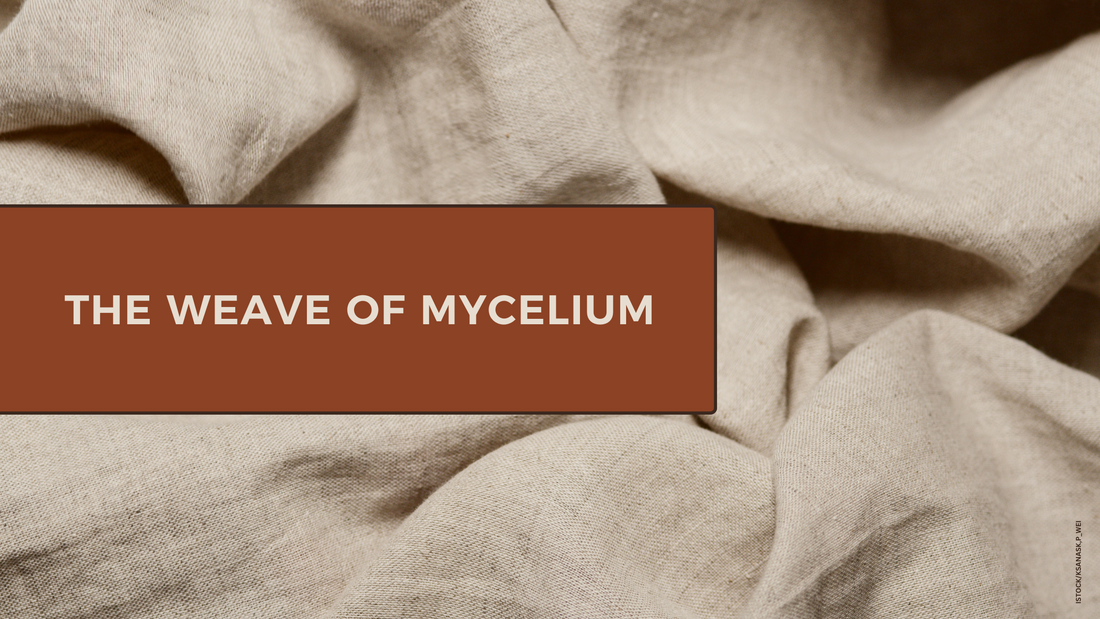
The Weave of Mycelium: Exploring Sustainable Materials Through Upcycled Fabric
Share
Hey, I'm glad to have you here.
I've been diving deeper into my exploration of mushroom cultivation, specifically looking at how different species interact with unconventional substrates. In this latest phase, I've been soaking and inoculating shredded cotton with three fascinating fungal species: Pearl oyster, Turkey tail, and Reishi.
I'm curious about creating sustainable materials that combine natural fibers with the binding power of mycelium. Recently, I met Narish and Monica, directors at m polo Designs. They've been working at diverting textile waste in Toronto. One of the main waste streams is muslin, common cotton fabric used to make clothing patterns.
The natural fibres of the muslin makes for an ideal food source of mycelium. The cotton provides structure while the mushroom mycelium grows through it, creating a network that transforms loose fibres into a solid, moldable material.
Success and Lessons
Two out of three species have shown remarkable success. The Pearl oyster mycelium, true to its aggressive myceliating nature, has spread beautifully through the cotton substrate. Its white, thread-like network is visibly binding the fibres together, creating a solid mass that will soon be ready for the next phase.
The Turkey tail is also performing well, though with its own distinctive growth pattern. It's a bit slower than the oyster, but the colonization is steady and strong. I find myself checking on these blocks daily, fascinated by the subtle changes as the invisible network expands.
The Reishi experiment, however, has taken a different turn. Green mold has appeared, signalling contamination. While this might seem like a failure, I see it as an important part of the learning process. Each bag compost teaches me something about the specific needs of different species, the importance of sterile technique, and the delicate balance of moisture and air exchange.
Failing allows me to discover valuable data points. I love playing mad scientist and trying to figure things out, I'm really happy – even when things don't go as planned. The process of discovery is what drives me.
From Experiment to Application
Over the next three weeks, these myceliating blocks will be transformed into usable objects. The mycelium will continue to grow, binding the cotton fibres together into a material that can be molded, dried, and used for various applications. This interface between natural fibres and living organisms creates possibilities for sustainable materials that don't rely on petroleum-based plastics.
Join the Journey
I'm excited to share that these blocks and the techniques I've developed will be featured in my upcoming workshop in Toronto May 14th, 2025. If you're curious about mycelium materials and want to learn how to create your own sustainable objects, this is your chance to get hands-on experience.
The workshop will cover the entire process from substrate preparation to final object creation. We'll explore the potential of different mushroom species and discuss how these materials can be applied in design, packaging, and more.
If you're interested in joining us, there is a link here you need to check out. This is the first in a series of workshops, conversations and experiment over the next few months. We're figuring out how coordinate waste streams between products, recyclers, movers and makers, and we want to do it with you.
Remember, every experiment – successful or not – brings us one step closer to understanding the incredible potential of fungi to transform how we make and use materials in our world.
Stay curious,
Shane O'Donnell
